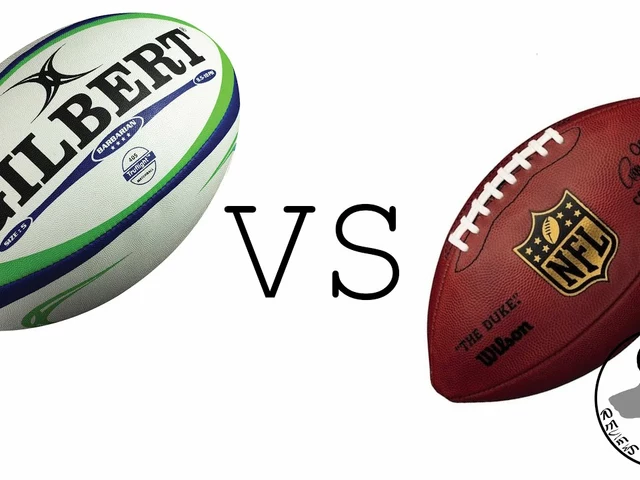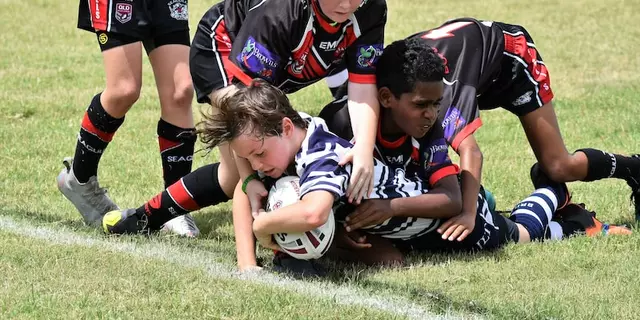Rugby Players: Training Tips, Position Guides & Star Insights
If you love rugby, you know that every player needs a mix of strength, speed and game sense. Whether you’re a beginner or a seasoned pro, the right training and understanding of your role can lift your performance. Below you’ll find practical advice you can start using right away, plus a quick look at the positions that shape the game.
Training Essentials for Rugby Players
First off, focus on the basics: run, lift, and stretch. A good cardio base lets you keep up with the fast pace of a match. Try interval runs – sprint 30 seconds, jog 90 seconds, repeat 8‑10 times – to mimic the bursts of effort you’ll see on the field.
Strength work is next. Compound lifts like squats, deadlifts and bench presses build the power you need for tackles and scrums. Aim for three sessions a week, keeping the rep range between 4‑6 for heavy work and 8‑12 for endurance.
Don’t forget agility drills. Ladder runs, cone shuffles and short shuttle sprints sharpen footwork and reaction time. Spend 10‑15 minutes on agility after each strength session.
Recovery matters just as much as the work itself. Stretch every night, especially your hamstrings, calves and shoulders. A foam roller can help release tight spots, and a solid night’s sleep will let your muscles rebuild.
Understanding Rugby Positions
Rugby has fifteen spots, each with a clear purpose. The forwards (numbers 1‑8) focus on winning the ball in physical contests – think scrums, line‑outs and close‑quarter runs. The backs (numbers 9‑15) handle the open‑field play, passing, kicking and finishing tries.
Forwards need bulk and endurance. If you’re playing prop or hooker, prioritize a strong core, powerful legs and a low centre of gravity. If you’re a lock, work on vertical jump and upper‑body strength to dominate line‑outs.Backs rely on speed and skill. A scrum‑half must be quick, have crisp passing and read the game well. Centres blend power and agility to break tackles, while wings focus on sprinting and finishing. Fullbacks need a solid kicking game and the ability to field high balls safely.
Pick a position that matches your natural strengths, then tailor your training to it. For example, a wing can add extra sprint work, while a flanker benefits from extra grip strength for tackling.
Now, let’s talk about some of the top rugby players who embody these principles. Beauden Barrett mixes lightning speed with strategic kicking, making him a nightmare for opposition backs. Maro Itoje uses his size and athleticism to dominate line‑outs and ruck battles. Watching how they train and play can give you clues on how to improve your own game.
Finally, track your progress. Keep a simple log of your runs, lifts and how you feel during practice. When you notice an area lagging, adjust the routine – maybe add more plyometrics for explosiveness or extra cardio for stamina.
Rugby is a sport that rewards hard work, smart training and a clear understanding of your role. Use these tips, stay consistent, and you’ll see noticeable gains on the pitch. Ready to step up your game? Get started today and watch your performance grow.

Are NFL players faster than rugby players?
I recently came across an interesting debate on whether NFL players are faster than rugby players. While both sports require speed and agility, the types of training and physical demands vary. It seems that NFL players tend to focus more on explosive speed, whereas rugby players need to maintain their pace throughout the game. However, it's tough to make a direct comparison as athletes in both sports possess exceptional speed in their respective fields. Ultimately, I believe we can appreciate the athleticism and skill of both NFL and rugby players without declaring one faster than the other.
May 5 2023




